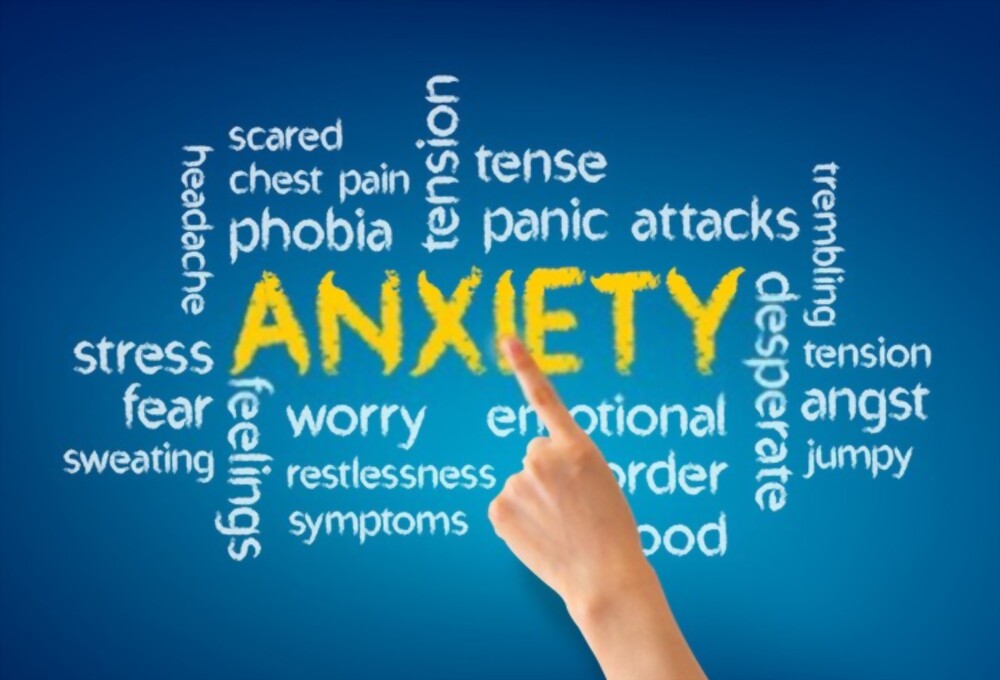Background-
Post-traumatic Stress Disorder (PTSD) is an anxiety disorder. It consists of psychological symptoms that continue to be experienced long after a traumatic event. The most common traumatic events leading to PTSD are natural disasters, abuse, sexual assault and also terrorism. The three primary symptoms of PTSD are Recollection of the event, Avoiding stimuli and anxiety.
Anyone can develop PTSD following a traumatic event. Chronic PTSD occurs when one is unable to recover from the trauma.
Risk Factors –
- past history of trauma
- an absence of social support
- childhood adversities
- the nature and the severity of the trauma.
- 10% of children less than 18 years of age are diagnosed with PTSD.
- Women more affected than men
Characteristics of PTSD
- feelings of panic or also extreme fear
- Re-living the traumatic event – unwanted and recurring memories, and nightmares. Moreover, Symptoms like sweating, heart palpitations or panic occur.
- Sleeping difficulties, overly alert behaviour, irritability.
- Avoidance of activities, places, people, associated with the event.
- Loss of interest in day-to-day activities.
Complications
Common comorbidities –
- Substance abuse
- Alcohol dependence
- mood disorder
Treatment
- The most effective treatment is trauma-focused psychological therapy, cognitive therapy, pharmacotherapy, etc.
- Physical acitivity is a potent technique for helping those with PTSD
Exercise helps to fight of anxiety and depression. It promotes many changes in the brain, boosts physical and mental energy, relieves stress and also releases endorphins. It also promotes better sleep and helps in insomnia associated with PTSD. However it is essential to consult your doctor to identify the best type of exercise suitable.
Also read- https://vcurehealthcare.com/about-caffeine-and-its-role-in-exercise-performance/

